Certainties of the Massive
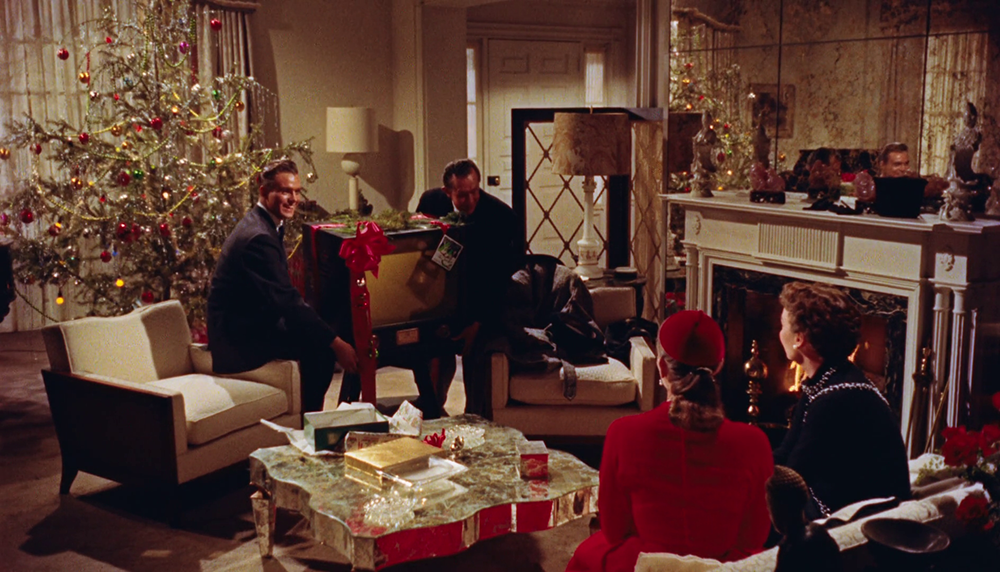
It’s a tiring relationship between my watching television and my writing about it. Watching happens so naturally that the writing “I” always seems to run it down afterwards. Watching is a pleasurable activity. Just look at how children can watch images in fascination for hours on end: the movement in them, the spatial changes and the shifts in facial expressions provide an inexhaustible wealth – as fascinating as water sloshing on the beach. Writing, too, is a pleasurable activity, but it’s more exclusive, more demanding, focused. Seeing belongs to the order of sensuality. Writing to that of sexuality.
There’s something naive and innocent about television. It forms part of the equipment of comfort, of the easy, the flowing. On television, every programme loses its principally endlessly repeatable character and is dragged along in the stream of transience, of dilution. And that flowing, rushing, unrepeatable, unique character always makes us somewhat sentimental, kind-hearted. It disarms us.
The transient is never “definitive”; it’s fundamentally unfinished, incomplete, provisional. Television is always “happening”, always in the present tense. The finished is fundamentally put in the past tense: the makers worked towards a point of completion through a lengthy process of self-criticism and correction. That’s what finishing is. The finished house is in the past: its makers looked at their creation and “saw that it was good”.
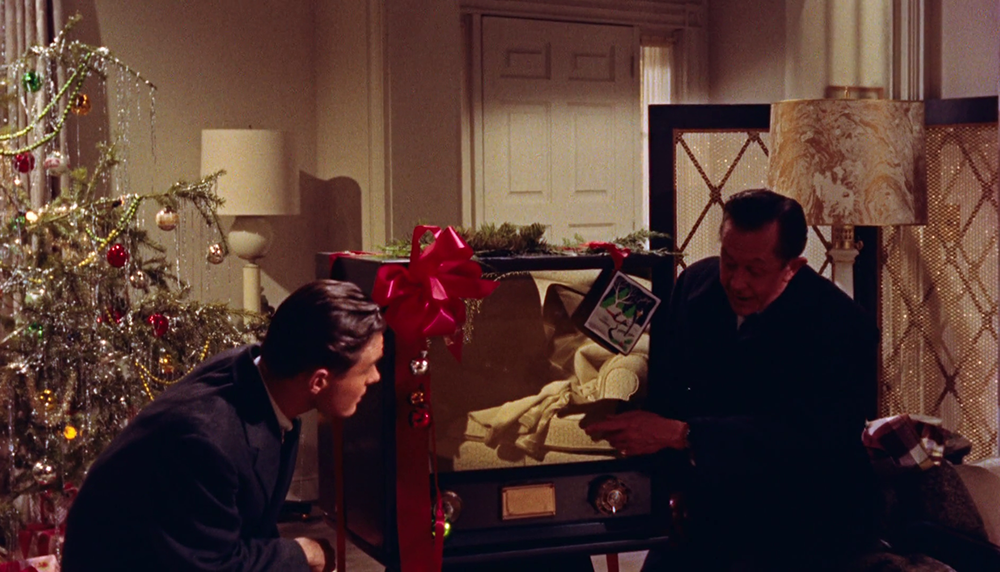
With television, you never have that feeling. No judging, confirming, acknowledging gaze has ever rested on the work. Only our own spectator’s gaze can take such a place, play that role. But then we become participants in the creation, part of the creation, accessory to the end product. The non-definitiveness, the unfinishedness of television reserves a seat, a role for the receiver-participant, for the spectator-finisher, for the participating public. In that sense, television is really a happening. But unlike actual happenings, in which provocation and aggression play an important role, television is aimed at acknowledgement and confirmation. Acknowledgement of the public by television, confirmation of television by the spectator.
The naive nature of television is what’s at work here too: the medium trusts in its own possibilities, in the public, in common values, in common humour, in common concerns. The medium thrives on a permanent and quite festive celebration of the common. Television exists by virtue of that naive presupposition, but at the same time, reiterating this point over and over again is turned into its main occupation. This is done without the aggressive display of propaganda, but with the obviousness, nonchalance and satisfaction of a celebration. The result disarms us. How can you doubt so much good faith? And what’s more, the feeling of being an outsider provides you with an unpleasant, “spatial” desperation: where am I heading, so far beyond the realms of warm solidarity? A community is what’s speaking here: where do I even belong if I have doubts about its tenets? Am I not entering perversity if I don’t recognize myself in this pleasant naturalness? After all: whoever tampers with these tenets is jeopardizing the whole structure, and who would want to unleash a deluge?
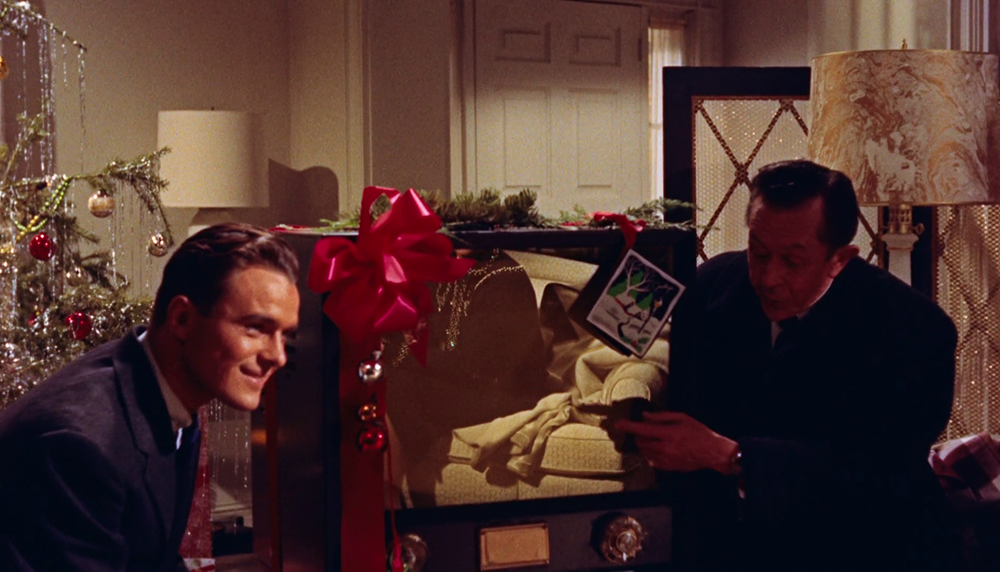
Disarming. There’s always something disarming about the massive. The massive of impudence; the massive of self-assurance; the massive of collectivity; the massive of vulgarity; the massive of being right. Television is carried by all these incarnations of the massive. It is founded in it.
The massive is impenetrable, inaccessible, incorrigible, unignorable. The massive is like a cancerous growth of conviction, of position, of solidarity. The massive can no longer be situated (“I am that for that reason”), but it becomes the core from which everything is situated. Either one belongs to massiveness, or one is outside of it. Whoever is outside of it feels powerless, disarmed. But how does massiveness view the outsider? Not even as a heretic, an apostate. Massiveness doesn’t label its critics. Maybe the persons representing massiveness can be goaded, but the diffuse mass around them quickly takes them back under its wings. With heretics, one talks – even if it’s in the language of persecution and execution. The critics of massiveness are shrugged off. There’s no room for them: they don’t goad the believers, don’t force them to “better” formulate their beliefs, don’t pose a challenge.
In short, this massiveness is uncultivated, even though it’s the massiveness of a cultural industry. Culture arises as manners and material between people, but in the massive, people dissolve themselves. People don’t carry the massive, they are in function of it. The massive is the “culture” of a bureaucracy, of an organized irresponsibility and impersonality. The massive is the “culture” of labour division. Massiveness is the hardening of every individual’s dependence on so many others, people and institutions, around them. Massiveness is the “culture” of collaboration.
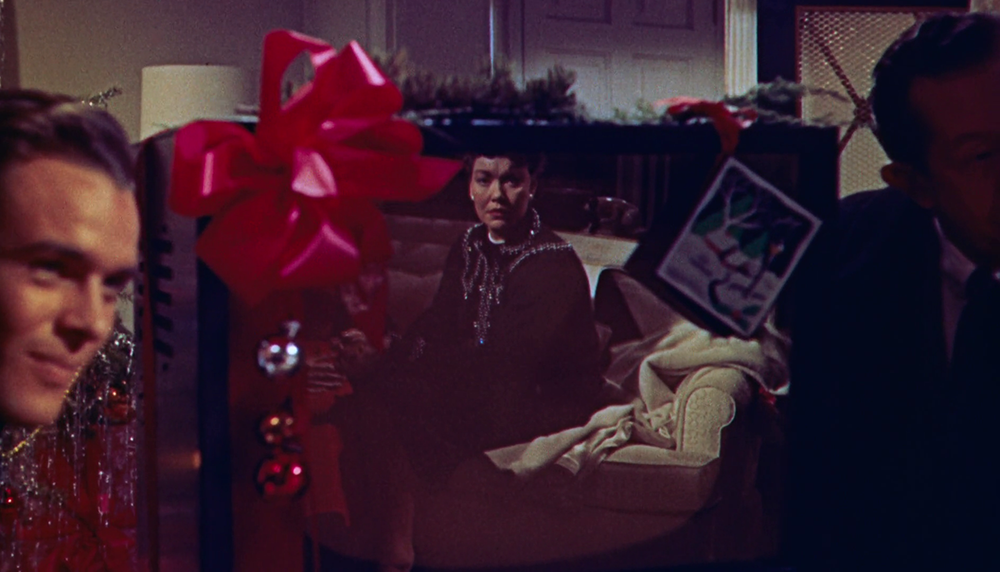
Opposite the collaborator is the maladjusted, the misfit, the deviant. Massiveness condemns its clinical researchers to the status of the sick. The natural cannot be undermined; against the natural only the deviant are found. And it’s known in every culture that no one listens to the deviant, because they’re incomprehensible. The deviant – the lunatic, the delinquent – doesn’t speak, but talks gibberish. The deviant is deprived of language, is expelled from the speech community, is deprived of sense. He cannot give meaning. Proceeding from the norm, he can be diagnosed, but not listened to. What separates massiveness from its critics is nothing less than the separation between sense and nonsense.
Massiveness doesn’t use true or false, acceptable or unacceptable as criteria. Massiveness separates the useful from the useless, the utilitarian from the superfluous. Useful for the massive is anything that reinforces it. And which strategy does the massive have for the expansion of its terrain? That of simplification, that of bad faith. Anything simplifying its vocabulary, anything eliminating nuances is welcome.
Then again, massiveness is not entirely free from bad conscience; but in that case, it hides behind its very being, behind the massive. There is no other, no better, no “richer” way, because there’s so much human, technical, bureaucratic matter to struggle against. The massive is dominated by inertia, by the resistance to movement and relocation. The massive even manages to condemn its opponents to immobility: it disarms them.
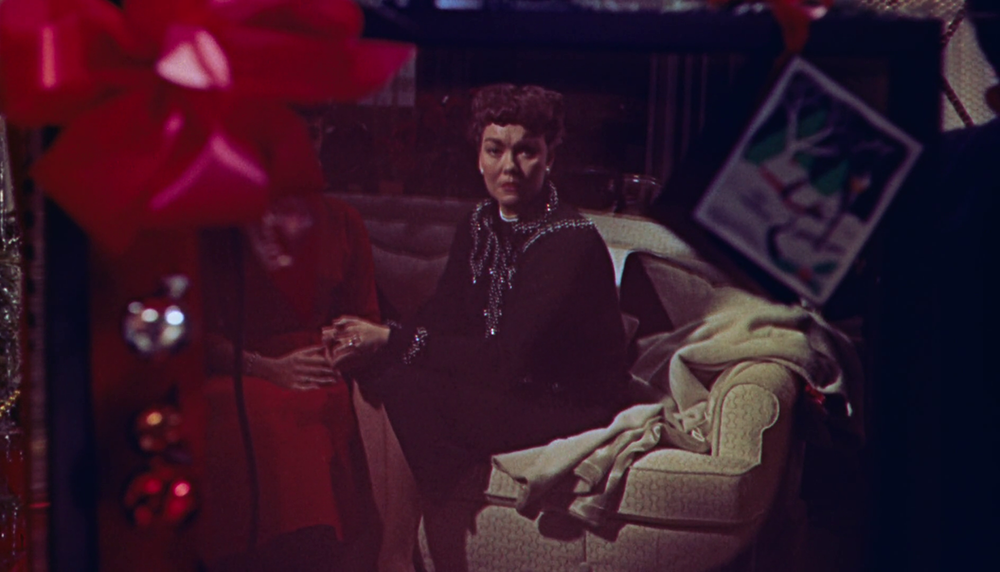
For over half a century, Belgian critic Dirk Lauwaert (1944-2013) published essays on film for magazines including Film & Televisie, Kunst & Cultuur, Versus, Andere Sinema and De Witte Raaf. In addition, Lauwaert wrote about fashion, photography, the city and visual art. For Lauwaert, such criticism was never a purely professional affair; it was, first and foremost, a way of documenting how a film or a piece of art personally impacted him as an amateur. Lauwaert’s film criticism is not, as yet, internationally recognised. To provide a first corrective to this, Sabzian will be publishing a series of roughly ten English translations of Lauwaert’s most notable writings on film. This will provide our international audience with an occasion to become acquainted with his work and its singular writings. Lauwaert was an author for whom “watching film and loving film [was] a way to be with the world”. Remaining suspicious of “the power over the concrete, which is indispensable for life,” Lauwaert was someone for whom the act of watching films made up his “whole life.” In this sense, film for Lauwaert turned into the experience of that “essential, sublime distance.” A more extensive English introduction to Lauwaert can be found here.
This text first appeared as “De zekerheden van het massieve” in Film & Televisie 228-229 (May 1976), 48.
This translation was published by courtesy of Reinhilde Weyns and Bart Meuleman.
Images from All That Heaven Allows (Douglas Sirk, 1955)